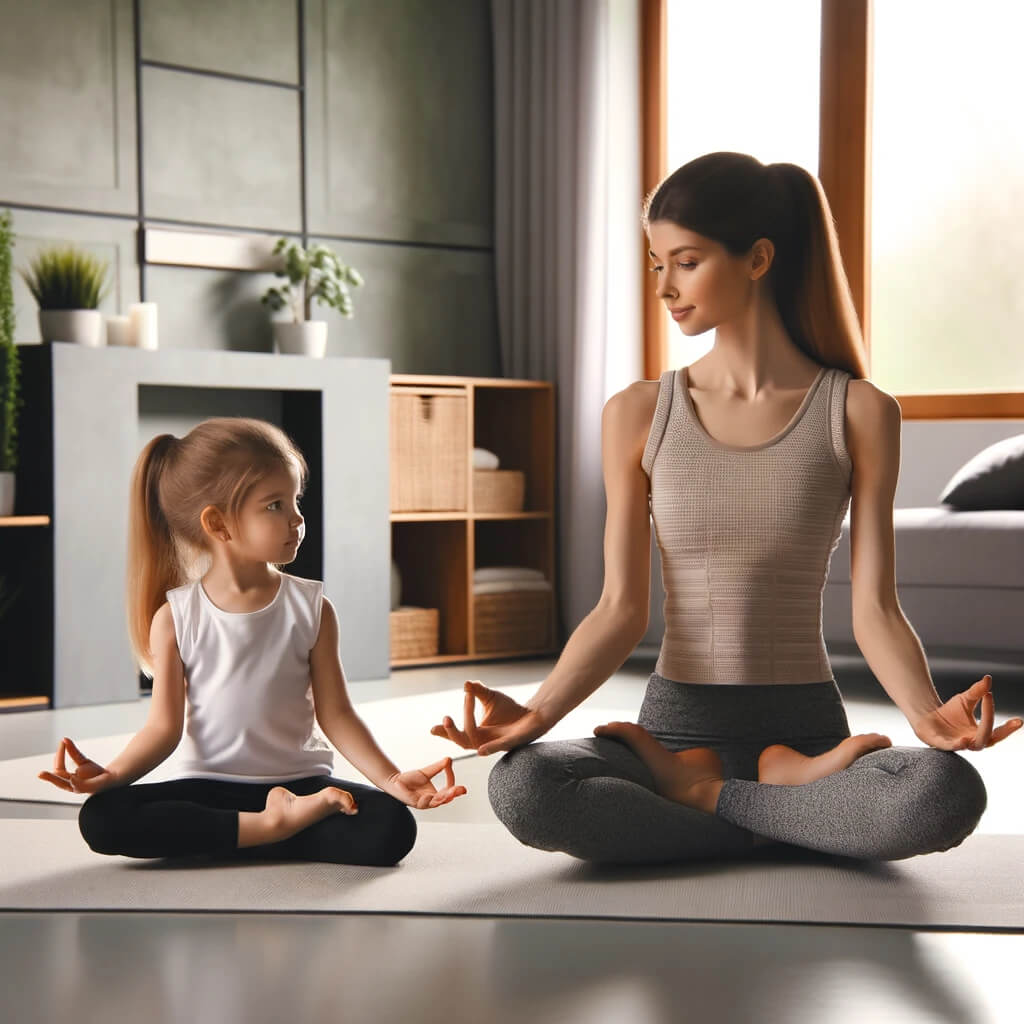Somatic therapy utilizes mind-body methods to discharge stored trauma and stress. While primarily used by adults, somatic exercises can also build kids’ resilience and emotional regulation abilities. Breathing techniques and specialized movements teach youngsters to self-soothe and handle daily strain.
What is Somatic Therapy?
Developed by Peter Levine, somatic therapy links thoughts, feelings and bodily sensations to relieve trauma lodged in the body. Its profound effects are invaluable for children who, while highly attuned to their environment, may lack the language or cognition to comprehend how the outside world shapes their inner experiences. Somatic practices can bridge that gap, helping regulate emotions, calm the nervous system, reduce anxiety and promote overall wellness.
5 Benefits of Somatic Therapy for Children
Like yoga, mindfulness, and meditation, somatic therapy aids kids by:
- Teaching emotional regulation so children better understand triggers and adaptively cope
- Building self-confidence as self-soothing skills provides a sense of assurance and grit
- Enabling self-expression as a platform to manage mental health and articulate internal states
- Reducing anxiety by learning stress management early, preventing long-term consequences
- Forging strong interpersonal bonds as emotional awareness fosters healthy relationships
7 Somatic Exercises to Try with Kids

- Breath Awareness
Breathing techniques packaged as games boost engagement and mind-body connections. Playful options include:
- Deep belly breathing – Place hands on belly and chest, inhale expanding like a balloon, exhale deflating
- Flower breath – Inhale the sweet scent, exhale releasing vibrant colors
- Hissing breath – Inhale deeply then exhale slowly in a long hissing sound
- Mindful Walking
Indoors or out in nature, guide children to walk attentively step-by-step, noticing bodily sensations and surroundings. Compare to moon walking – slow, aware of gravity.
- Animal Poses
Imitating animals like frogs, bears or monkeys encourages bodily expression and releases physical tension playfully.
- Emotion Charades
Demonstrate feelings using the body. Where is anger felt – chest, shoulders? How can you physically express joy? Connects emotions to physicality.
- Artistic Expression
Creating art externally manifests and processes internalized emotions that are hard to verbalize, building emotional skills.
- Sensory Activities
Tactile stimuli like playdough stimulate connections in the brain, reduce anxiety and foster awareness of bodily sensations.
- Body Scan Meditation
Guide children to systematically notice sensations in each body part to release stress, calm the nervous system and pinpoint areas of tension.
Implementing somatic practices early establishes a lifetime foundation of mindfulness and healthful stress management. Through these entertaining tools, kids better understand and care for themselves.
